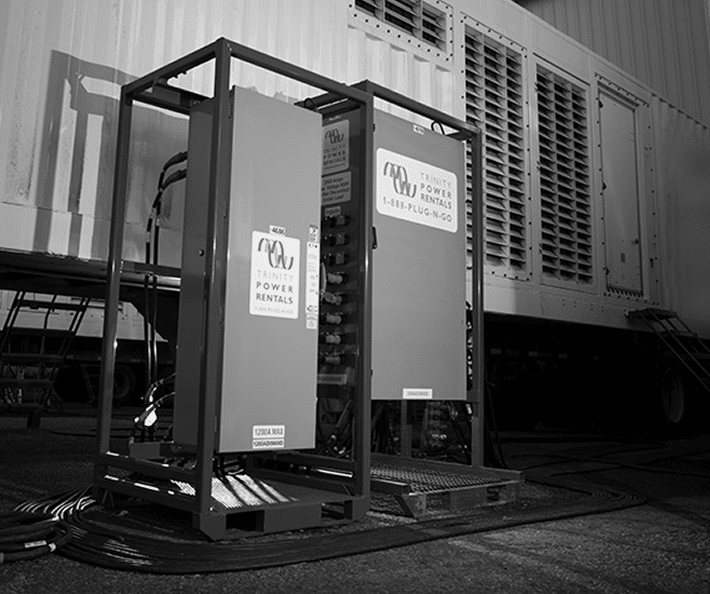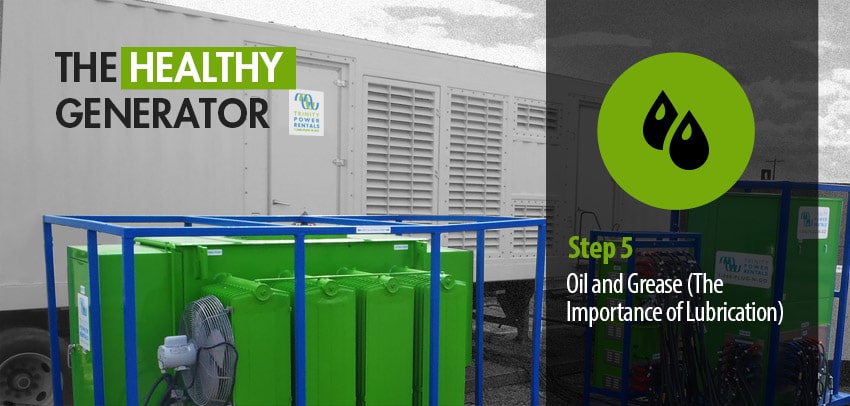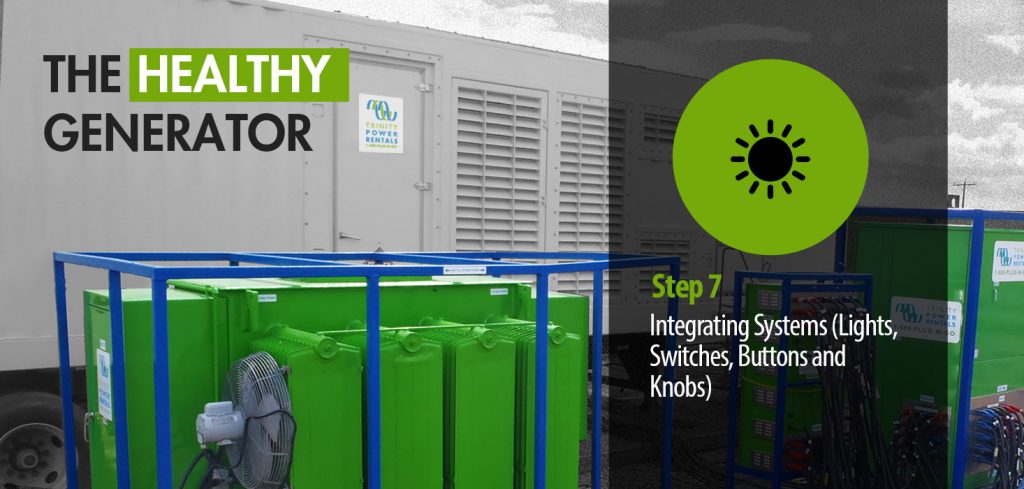- OUR APPROACH
-
COMMITTED TO YOUR SUCCESS
Our approach, developed over decades of experience, is fine-tuned to get the results you want.
We deliver concept-to-completion solutions, designed by temporary power specialists with access to the largest inventory of high-quality power generation and distribution equipment in North America.
-
- Equipment
-
RENTALS
From a wide range of diesel and natural gas generators to transformers, cable, light towers and more, our large rental fleet and extensive vendor network ensure we’ll have the temporary power equipment that your project requires — every time.

-
- Industries
-
INDUSTRIES WE SERVE
For nearly 20 years, we have been at work powering projects across Canada’s industrial sectors.
Select from this sampling of industries to learn how we can put our expertise to work for you.
VIEW ALL- Projects
- About
-
A PROUD HISTORY. A BRIGHT FUTURE.
From our inception in 1998, we have been building our team on a foundation of excellence. Our team members’ passion, expertise and commitment are what have allowed us to grow into a national company with projects across Canada.
Click on the links to learn more about our history, our team or our career opportunities.
- Blog
- Contact
-
The human integumentary system is the medium through which water evaporates to keep the body cool, and it’s also the first line of contact with the external world. And yet no one knows that the skin of our body is actually our largest organ. It goes largely ignored and underappreciated. The same could be said of the internal thermal regulatory process of a diesel generator engine – the coolant.
Most of us have been around motors our entire lives, starting in early adulthood, when the joy and freedom of a license meant our first interaction with a car. Filling it with gas and making sure it had enough oil was probably the extent of our maintenance knowledge. Oil and gas are what we principally associate as being of utmost importance to engine function. And yet, it is estimated that 40% of all diesel engine problems are due to improper coolant maintenance.
Though its principal function is to ensure the optimal internal operating temperature of the engine, the coolant also circulates precious nitrites to the exterior of the cylinder sleeve liner. By means of the vibration of a vertically pounding piston and a rotating crankshaft, the fluid’s inertia creates tiny vacuum pockets, and bubbles of vapour form on the liner wall. The liner vibrates back through the vacuum pockets, and these bubbles implode under pressure, taking small chunks out of the liner. Undetected, and with adequate time, those small chunks can eat into a hole. Newer coolants contain an additive designed to create a barrier and prevent this cavitation of the liner wall.
Step one in preventing this small problem from becoming larger is to know what antifreeze formulation is in the machine’s radiator. There are two major types of supplemental coolant additives (SCAs):
1. Nitrite/Borate
2. Nitrite/Mobdylate/Phosphate
It is recommended that these SCAs remain consistent, and that you not mix them (Test strips specific to each composition can be used to determine which is in your engine.) These additives are depleted as the coolant works and ages, however, and must be replenished periodically with an SCA package. An adequate nitrite level is especially critical, although too much nitrite may cause solder corrosion. And excess accumulation of other additives causes “total dissolved solids” (TDS) to increase. As a result, cooling efficiency may be jeopardized, with the end result being a passage-clogging dropout.
Step two in maintaining generator coolant-system health is to regularly extract a sample from the overfill container, give it a visual inspection and test it. Test strips are available or samples can be sent to a laboratory to check for glycol content, nitrite levels and pH levels. During the visual assessment, look for consistent colour (possible mixing of antifreeze types) and clarity (evidence of rust particles.) Further testing of freeze/boil protection can be performed using a refractometer.
Finally, regular inspection of the coolant levels would not be complete without a periodic draining, flushing and refilling of the entire system. As the coolant system is responsible for a significant amount of engine failure, we recommend a complete changeover of coolant on a yearly basis.
Our next post Lights, Switches, Buttons and Knobs will inspect the systems that integrate the entire machine together.
Related Articles
Subscribe for Access to Exclusive Content
Get insider updates, industry news, special equipment offers, and expert tips—directly to your inbox.
"*" indicates required fields




















